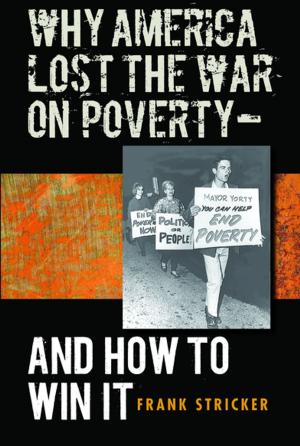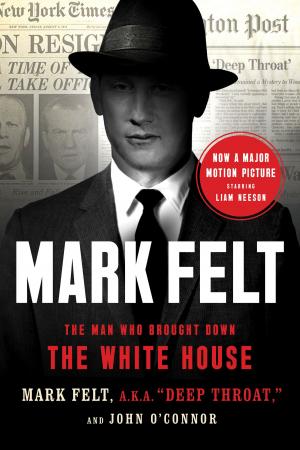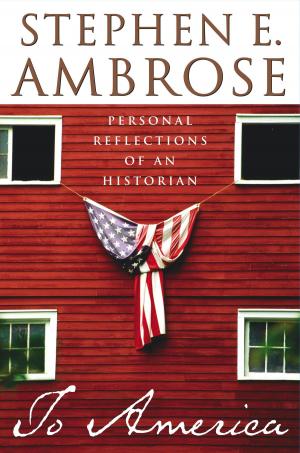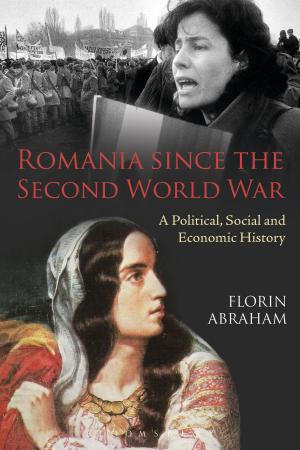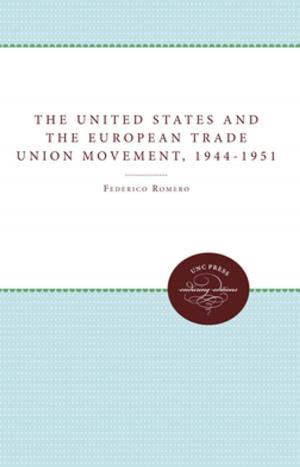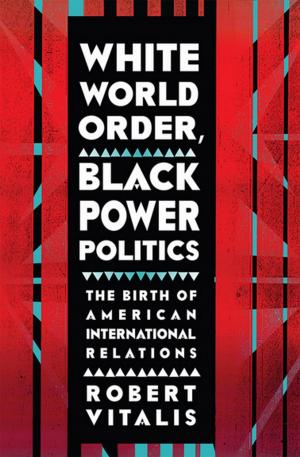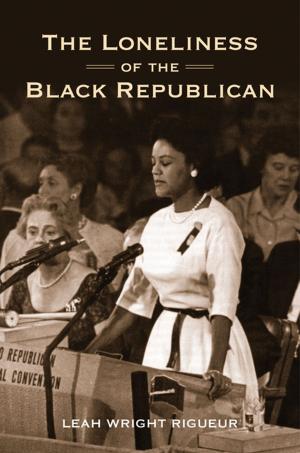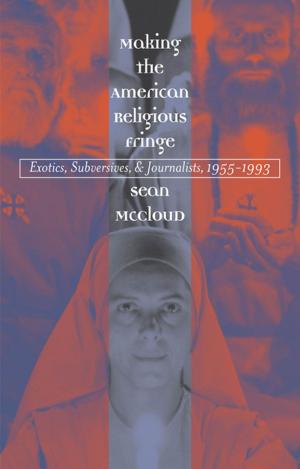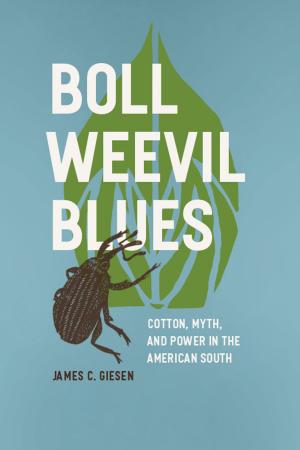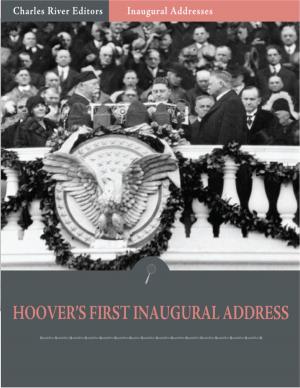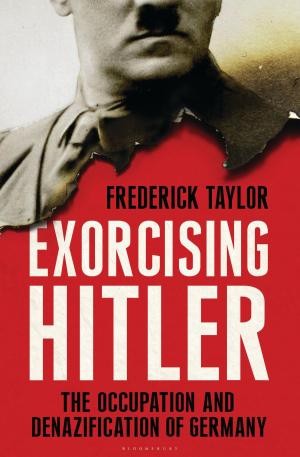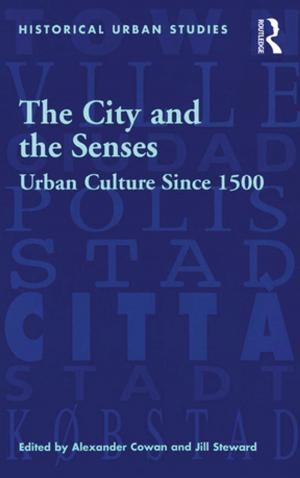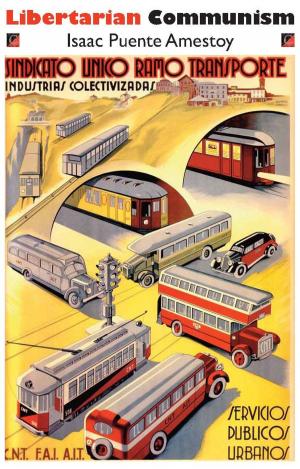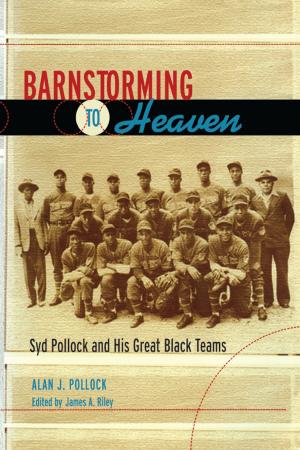Boston 1945 - 2015
The Decline and Rebirth of a Great World City
Nonfiction, Social & Cultural Studies, Political Science, Politics, City Planning & Urban Development, History, Americas, United States, State & Local, 20th Century| Author: | Russ Lopez | ISBN: | 9780692829356 |
| Publisher: | Shawmut Peninsula Press | Publication: | September 1, 2017 |
| Imprint: | Shawmut Peninsula Press | Language: | English |
| Author: | Russ Lopez |
| ISBN: | 9780692829356 |
| Publisher: | Shawmut Peninsula Press |
| Publication: | September 1, 2017 |
| Imprint: | Shawmut Peninsula Press |
| Language: | English |
Against all oddes Boston revived itself to become one of the leading centers of the global economy. This book captures how rogue politicians, passionate neighborhood activists, new immigrants, and old time residents fought each other over issues large and small and in the process, preserved and improved their city. It covers the high points of the past seventy years: the revitalization of Faneuil Hall, the glory of the Red Sox winning the World Series in 2004, and the development of a powerhouse of research and innovation that attracts people from all over the world. And it includes the city’s low points: the failure and trauma of urban renewal, the fight over busing and the schools, the displacement of long time residents, and the Marathon bombing in 2013. Along the way, you will meet intriguing and influential people such as James Michael Curley, Mel King, Thomas Menino, Whitey Bulger, Melnea Cass, Louise Day Hicks and many more. It is a story of how one city, seemingly in an unstoppable downward spiral, righted itself into something new.
In the later part of the nineteenth century, Boston was an economic and social powerhouse. But as World War II ended, the city was struggling. A third of Boston’s housing was dilapidated, the economy, once thriving on the back of trade, textiles, and finance, was falling apart, and its politics had become a battle between two groups, the Irish and the Yankees, who hated each other. Conditions were well on their way to becoming even worse.
Yet the city did not die. By the end of the twentieth century, Boston was one of the most prosperous cities in the world with an economy based on education, medical research, and technology. The recessions of the twenty-first century barely touched its residents and its problems had shifted to how to accommodate growth and wealth without losing its poor and middle class residents. People now left the city because it was unaffordable.
The book tells the story of this turnaround. It includes the story of the Boston’s Irish, Italians, Jews, and lesbian and gay people as well as how Latinos, Haitians, Vietnamese, and other groups arrived in the city and contributed to its revival. It analyzes the demographic, social, economic, and political trends that shaped this unique city. It is the gripping story of a special city.
Against all oddes Boston revived itself to become one of the leading centers of the global economy. This book captures how rogue politicians, passionate neighborhood activists, new immigrants, and old time residents fought each other over issues large and small and in the process, preserved and improved their city. It covers the high points of the past seventy years: the revitalization of Faneuil Hall, the glory of the Red Sox winning the World Series in 2004, and the development of a powerhouse of research and innovation that attracts people from all over the world. And it includes the city’s low points: the failure and trauma of urban renewal, the fight over busing and the schools, the displacement of long time residents, and the Marathon bombing in 2013. Along the way, you will meet intriguing and influential people such as James Michael Curley, Mel King, Thomas Menino, Whitey Bulger, Melnea Cass, Louise Day Hicks and many more. It is a story of how one city, seemingly in an unstoppable downward spiral, righted itself into something new.
In the later part of the nineteenth century, Boston was an economic and social powerhouse. But as World War II ended, the city was struggling. A third of Boston’s housing was dilapidated, the economy, once thriving on the back of trade, textiles, and finance, was falling apart, and its politics had become a battle between two groups, the Irish and the Yankees, who hated each other. Conditions were well on their way to becoming even worse.
Yet the city did not die. By the end of the twentieth century, Boston was one of the most prosperous cities in the world with an economy based on education, medical research, and technology. The recessions of the twenty-first century barely touched its residents and its problems had shifted to how to accommodate growth and wealth without losing its poor and middle class residents. People now left the city because it was unaffordable.
The book tells the story of this turnaround. It includes the story of the Boston’s Irish, Italians, Jews, and lesbian and gay people as well as how Latinos, Haitians, Vietnamese, and other groups arrived in the city and contributed to its revival. It analyzes the demographic, social, economic, and political trends that shaped this unique city. It is the gripping story of a special city.

